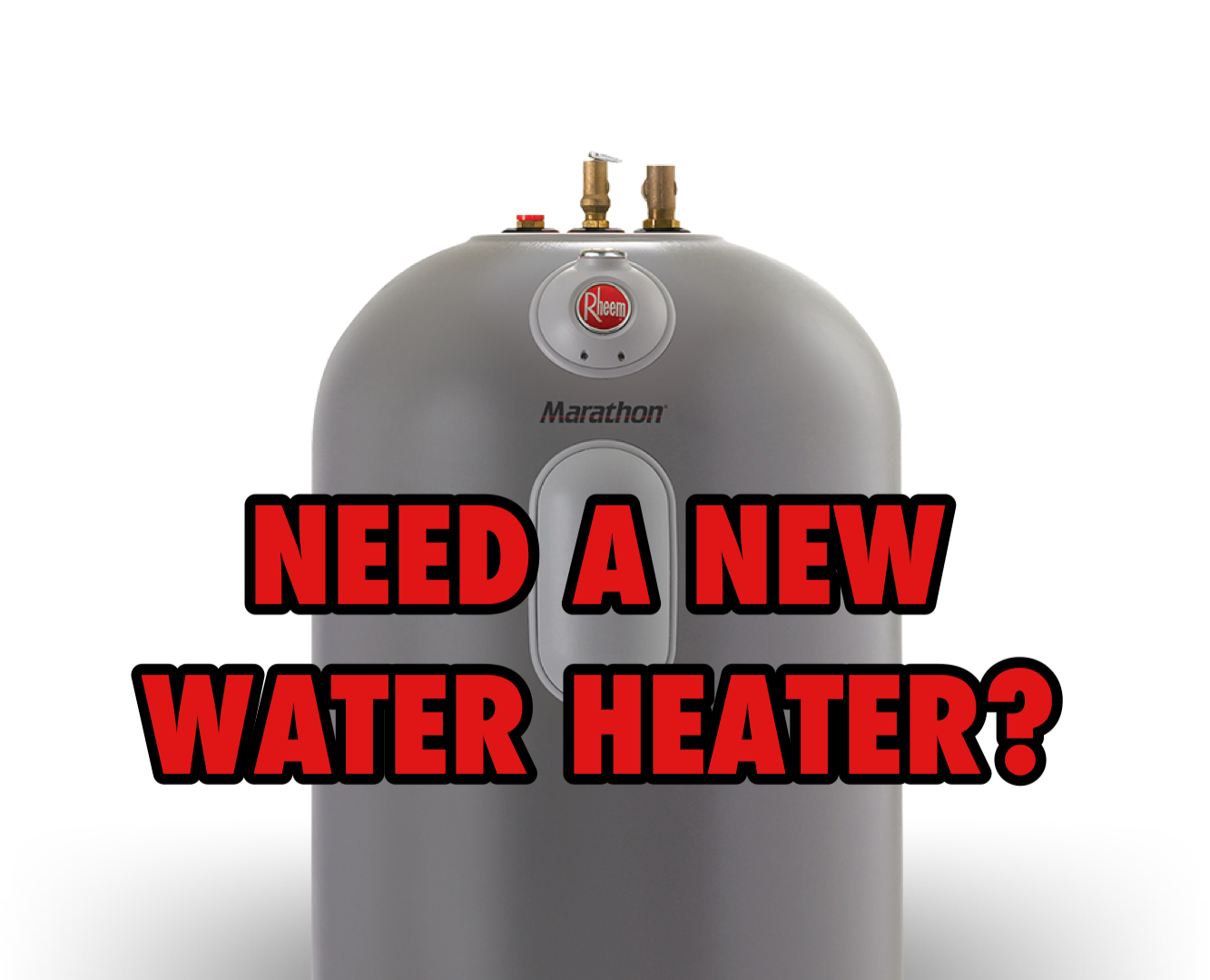
We offer low rate financing.
Get a new water heater installed for as little as $17/Month with no money down. (O.A.C).
Most storage tank style water heaters last for about 10 years before the tank erodes and begins to leak or the heating elements burn out. If your water heater is nearing the end of its life and you’re thinking of replacing it before you wake up to the dreaded flooded basement, you’ll be happy to know that we have better choices and finance options for any size or type. Newer model storage tank water heaters are required to operate more efficiently, and tankless (on-demand) water heaters are even more efficient than that.
When it comes time to replace your old water heater youre most likely going to choose a new one that runs on the same fuel—oil, natural gas or electricity.
Although more efficient, switching from a storage tank style water heater to a tankless one can be rather costly because it requires you to retrofit your plumbing and possibly upgrading your electrical system. But if you’re building a new home or renovating an existing one, installing a tankless water heater may make sense.
CONSIDER CAPACITY
Storage tank water heaters come in 40, 50, or 60 gallon sizes or larger. The size you need depends on the number of people living in your home and your hot water usage. A family of four, for instance, might take several showers, run the dishwasher, and wash a load or two of laundry in an average day, totaling 100 gallons of hot water or more. This does not mean that your home needs a 100-gallon water tank.
For storage tank water heaters, it’s important to consider the FIRST HOUR RATING (FHR), which is the number of gallons a water heater can deliver in an hour starting with a full tank. You’ll find the FHR on the EnergyGuide label.
As the result of recently updated efficiency standards, water heaters under 55 gallons now have a 4 percent boost in efficiency, while water heaters 55 gallons or more have efficiency gains of 25 to 50 percent depending on the technology used—heat pump or condensing. (See the list of water heater types below.)
And don’t assume a new water heater will fit where your old one was. Because of increased insulation and other efficiency improvements, some newer models may be wider and/or taller than your old water heater.
Tankless water heaters don’t hold much water, so the number to look for is the gallons-per-minute rating (GPM). This is the number that tells you how much hot water the heater can deliver over a set period of time. The higher the GPM, the more hot water the unit can deliver. If you have a big family and multiple bathrooms, you’ll need a tankless water heater with a higher GPM. A typical shower, for example, uses up to 2.5 GPM